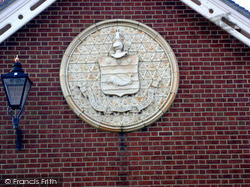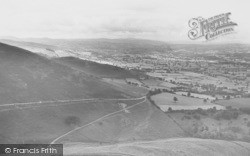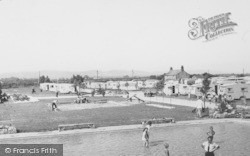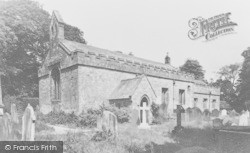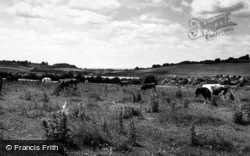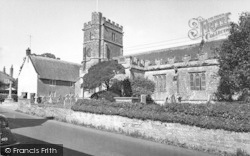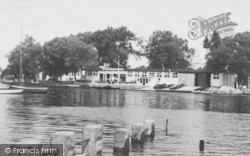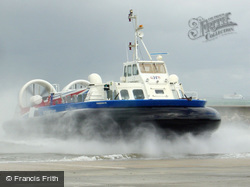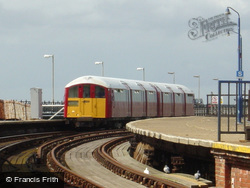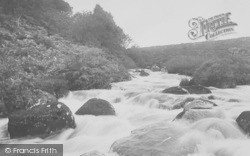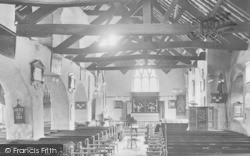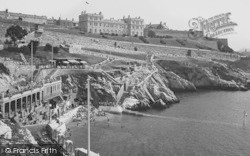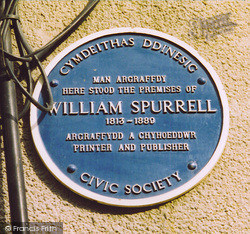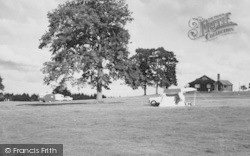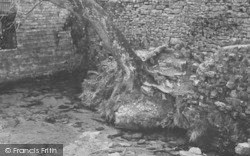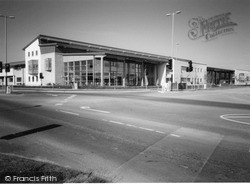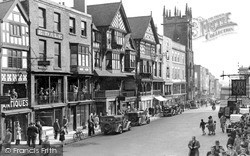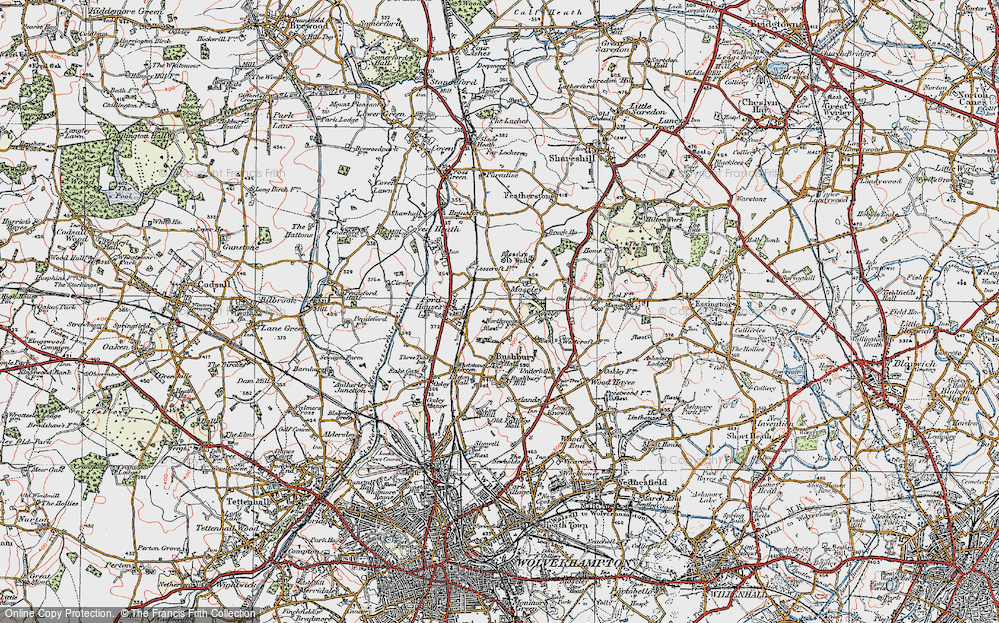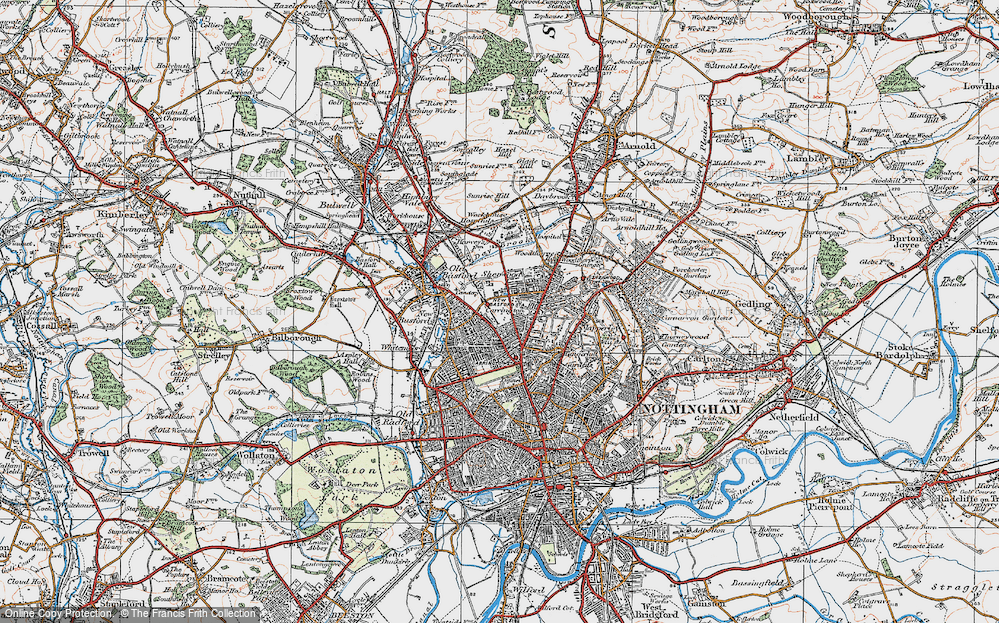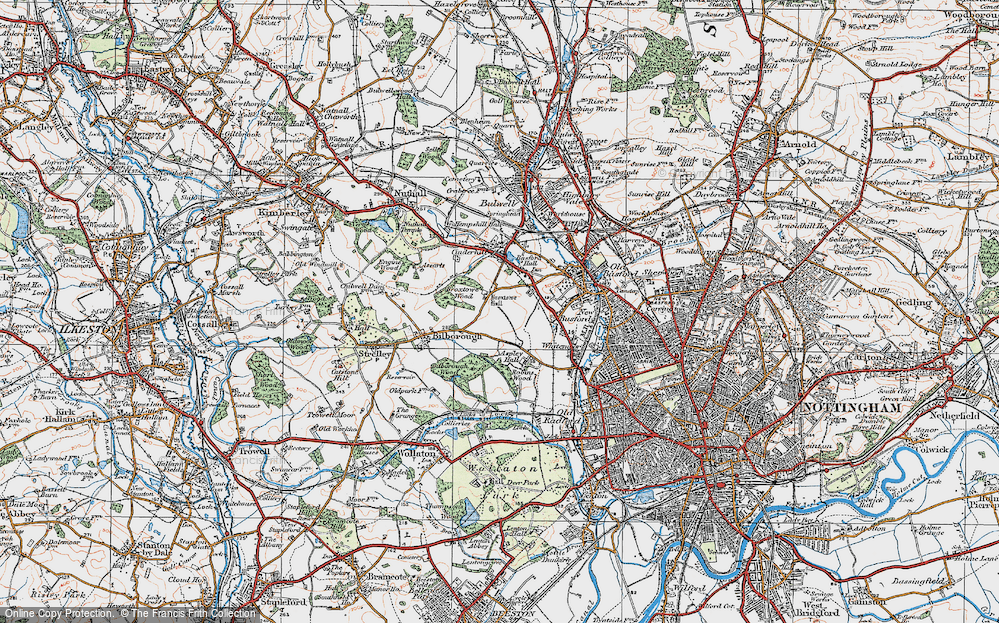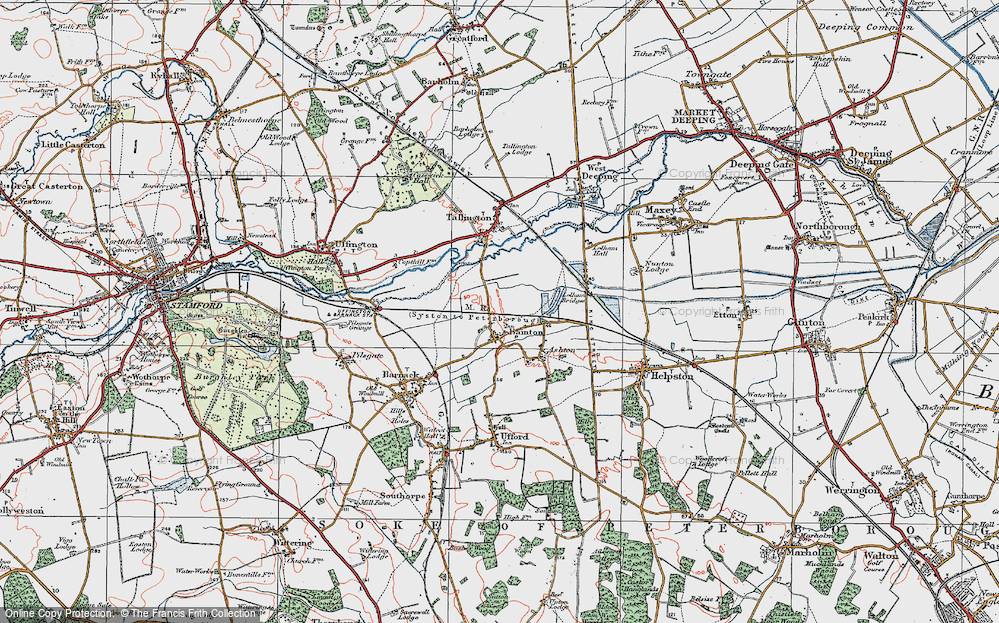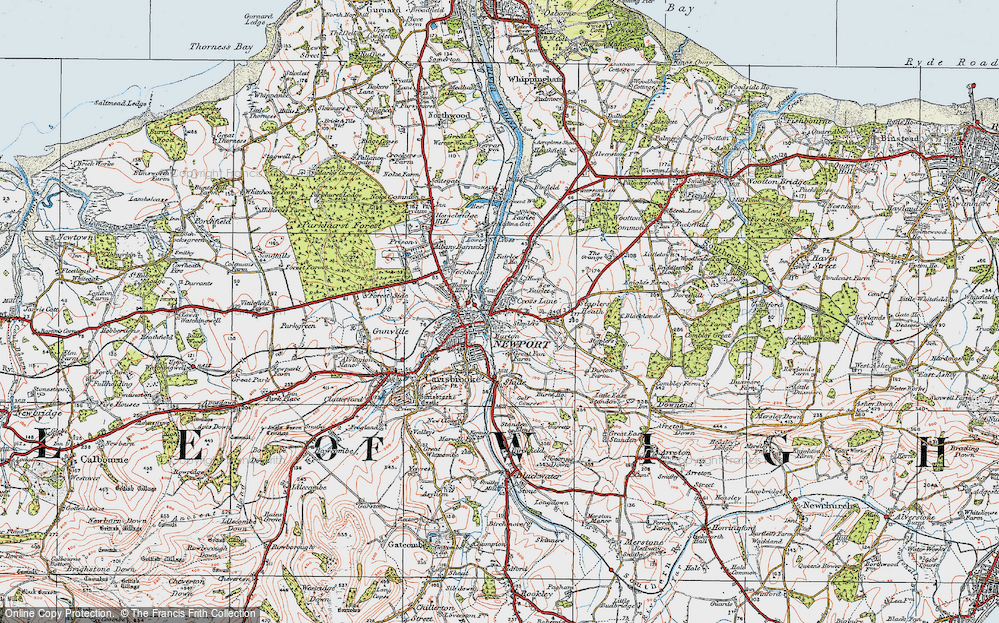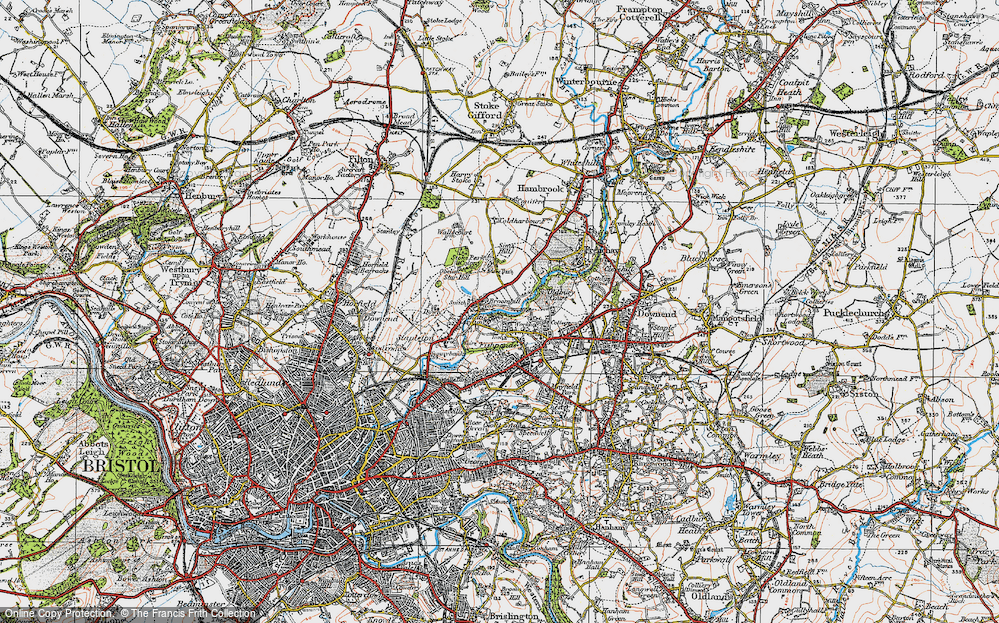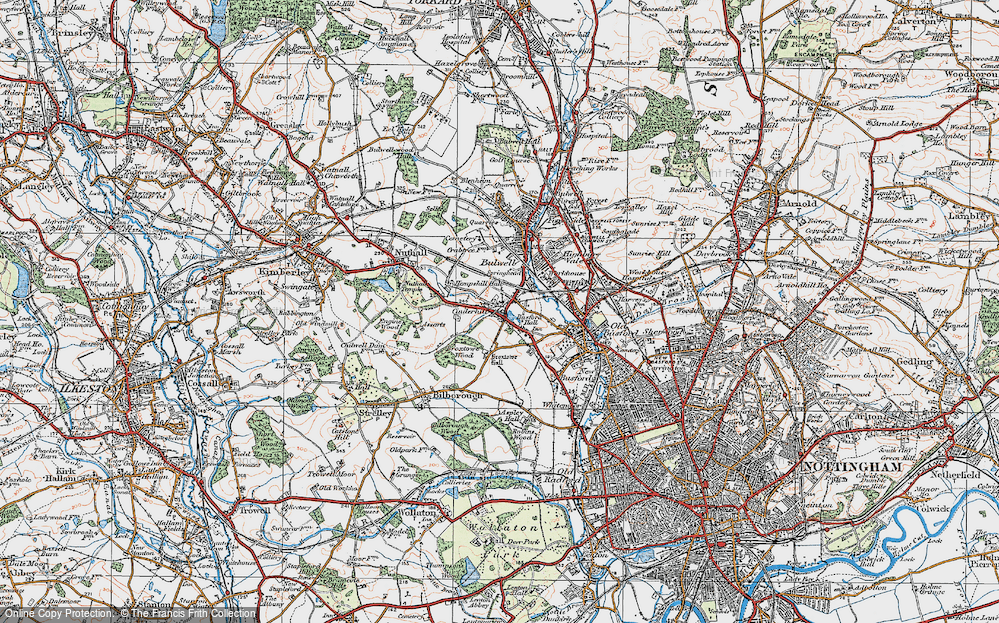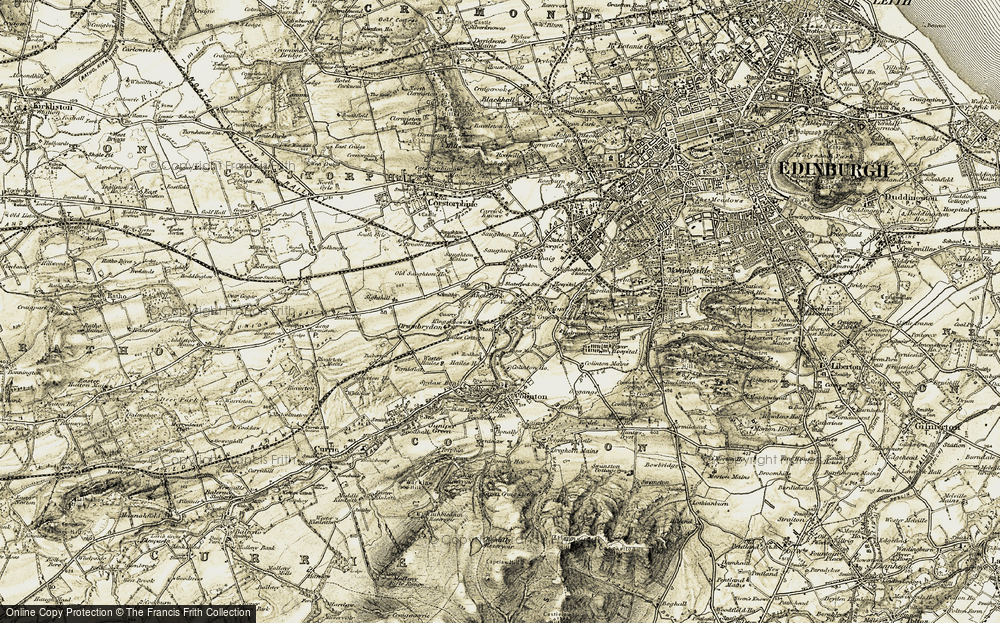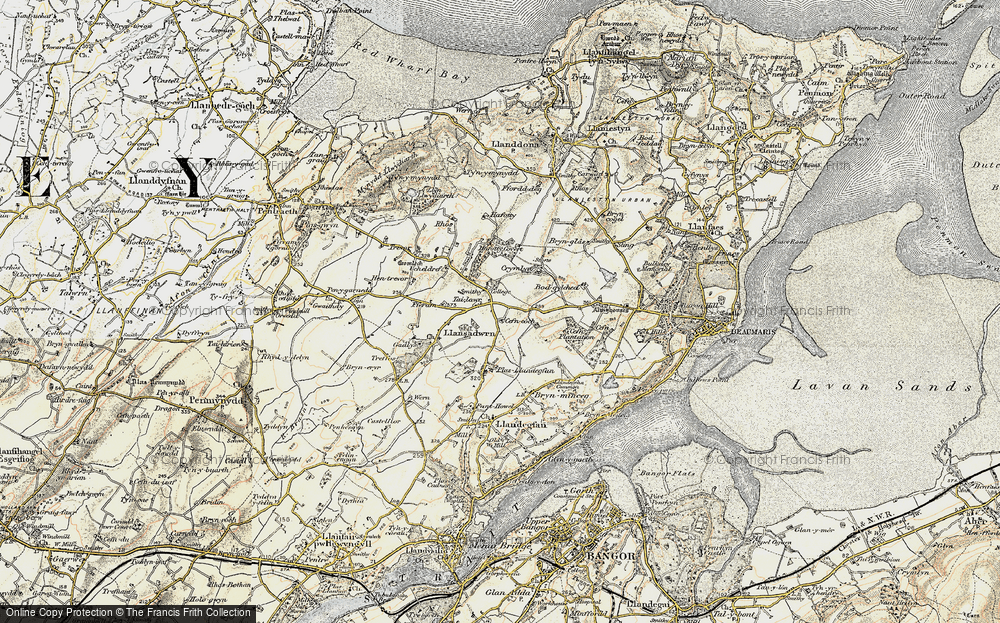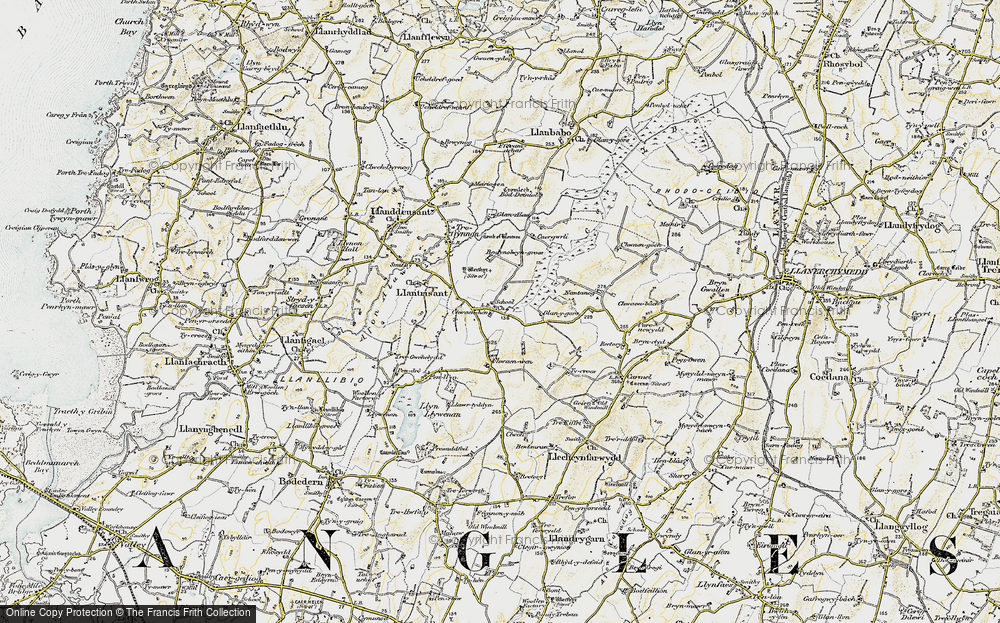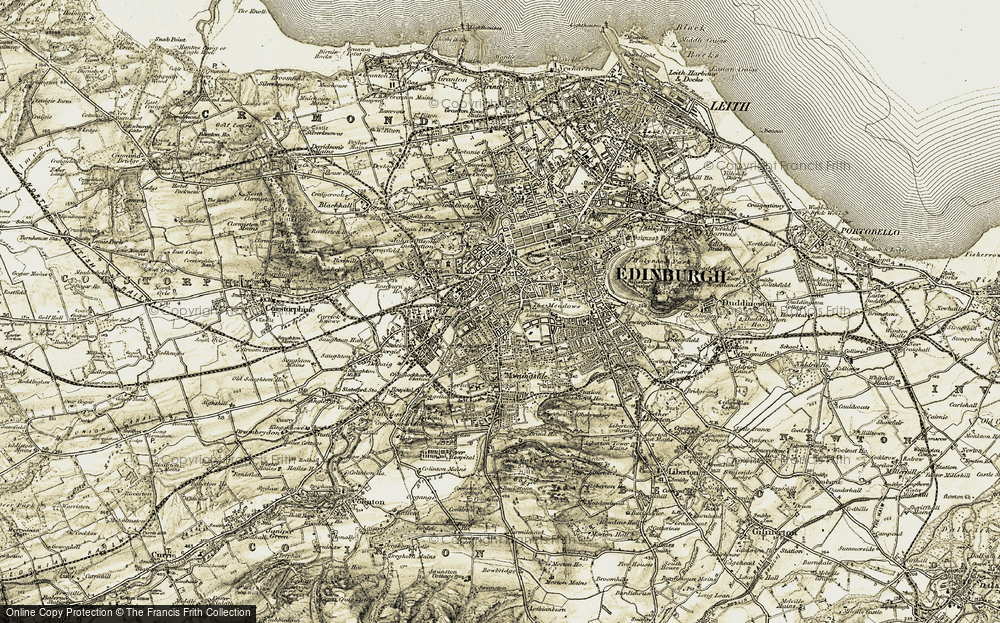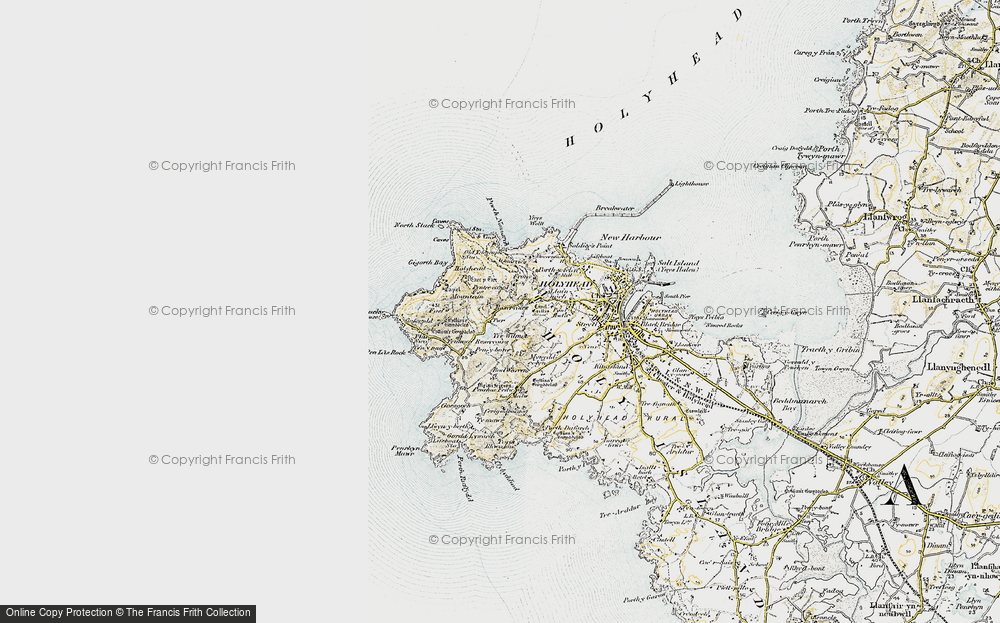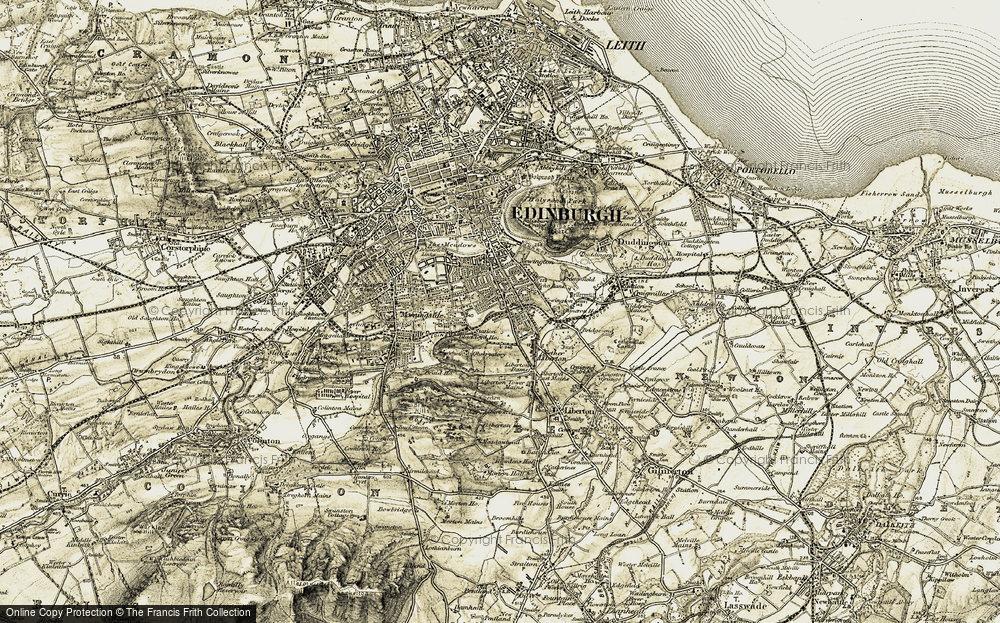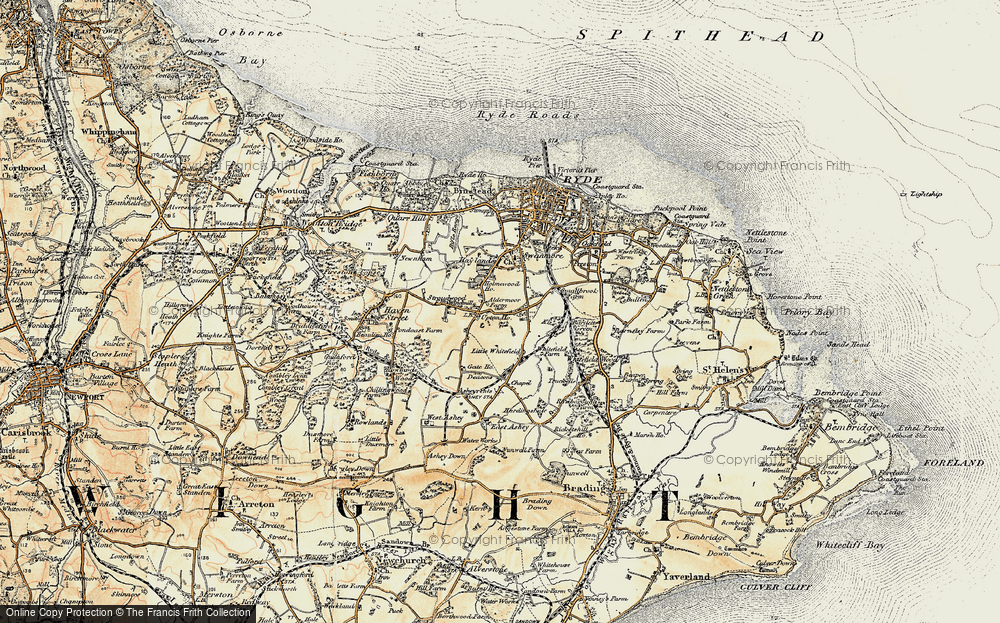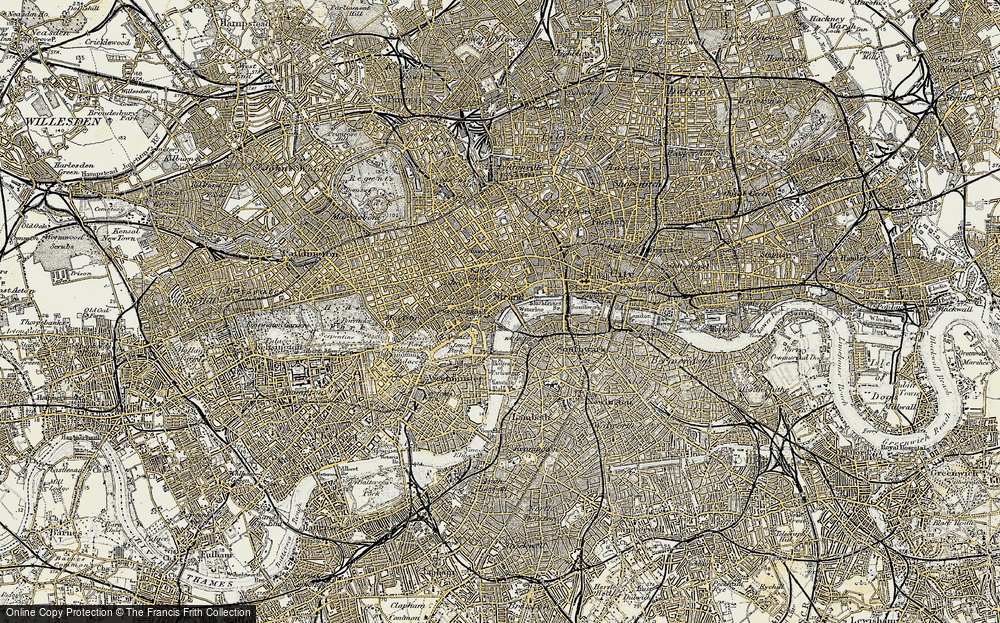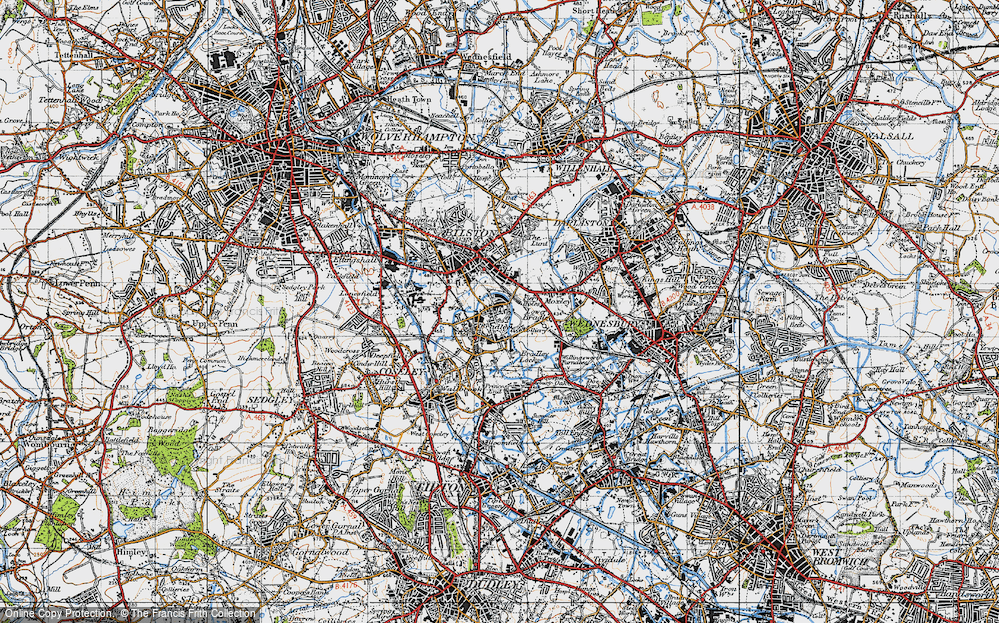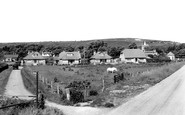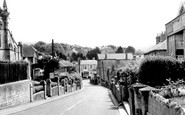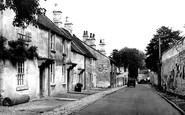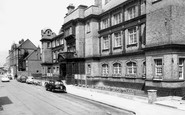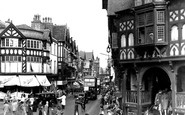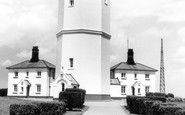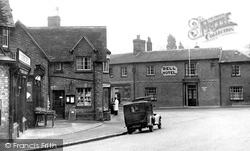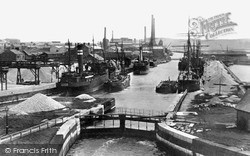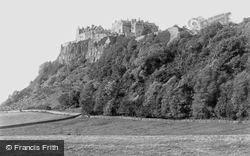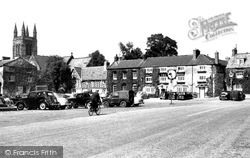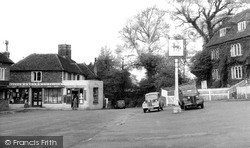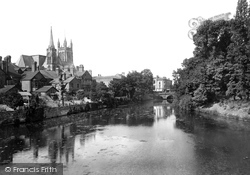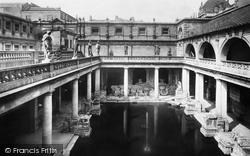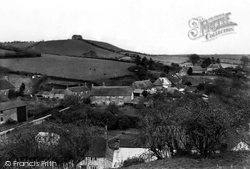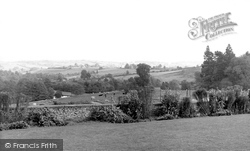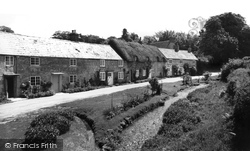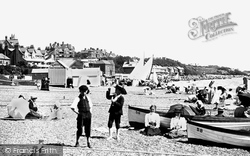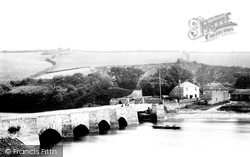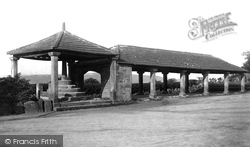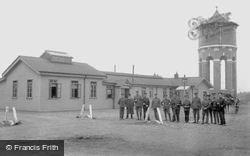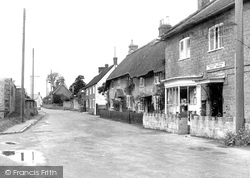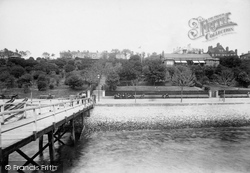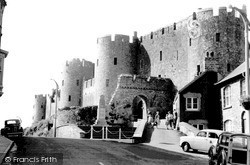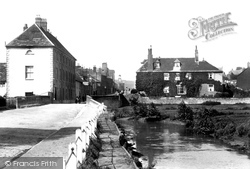Places
36 places found.
Those places high-lighted have photos. All locations may have maps, books and memories.
- Shanklin, Isle of Wight
- Ventnor, Isle of Wight
- Ryde, Isle of Wight
- Cowes, Isle of Wight
- Sandown, Isle of Wight
- Port of Ness, Western Isles
- London, Greater London
- Cambridge, Cambridgeshire
- Dublin, Republic of Ireland
- Killarney, Republic of Ireland
- Douglas, Isle of Man
- Plymouth, Devon
- Newport, Isle of Wight
- Southwold, Suffolk
- Bristol, Avon
- Lowestoft, Suffolk
- Cromer, Norfolk
- Edinburgh, Lothian
- Maldon, Essex
- Clacton-On-Sea, Essex
- Norwich, Norfolk
- Felixstowe, Suffolk
- Hitchin, Hertfordshire
- Stevenage, Hertfordshire
- Colchester, Essex
- Nottingham, Nottinghamshire
- Bedford, Bedfordshire
- Bury St Edmunds, Suffolk
- Aldeburgh, Suffolk
- St Albans, Hertfordshire
- Hunstanton, Norfolk
- Chelmsford, Essex
- Bishop's Stortford, Hertfordshire
- Peterborough, Cambridgeshire
- Brentwood, Essex
- Glengarriff, Republic of Ireland
Photos
9,106 photos found. Showing results 861 to 880.
Maps
181,006 maps found.
Books
11 books found. Showing results 1,033 to 11.
Memories
29,056 memories found. Showing results 431 to 440.
Our House!
Our house is the second left and I was about 8 when this was taken. The field in front of the houses is now the site of the Methodist Chapel.
A memory of Brighstone by
Willow Garth
My Grandparents Arthur and Gladys Gossop lived at Willow Garth, opposite the White Horse Pub. Grandad bought it with his Army money. He built a workshop, and began a business which included Wheelwright, Joiner and Contractor. He ...Read more
A memory of Gilberdyke in 1960 by
Pattern Weaving At Reuben Gaunts Mill
My dad got me a job as a trainee pattern weaver at Gaunts mill in the main street of Farsley. I was 16/17 at the time. I learned a lot in that 18 months or so and I also met a beautiful girl called Doreen ...Read more
A memory of Farsley in 1960 by
Grandmother's Abode
At the bottom of the hill on the right I believe that tall building belonged to the local bakers. The low building next to it - this side of the bakers - is a thatched cottage where my grandmother lived. My mother grew up ...Read more
A memory of Wroxall by
Not Quite The Same
On the left of this picture are three doorways marked by stone porches. I live in the third of the three away from the camera. The second remains as it is shown but the first doorway has now been blocked up. The house has been ...Read more
A memory of Bathford by
Living In Llanddona
My childhood years were fantastic. I loved the hot summer months, especially the walks to the beach, just being free. The smell of the sea air, and the fresh air. I spent most of my time outside playing. I loved going to ...Read more
A memory of Llanddona by
Thomas Ledsham Wilkinson
My wife Joan's grandfather Thomas Ledsham Wilkinson owned various fish and poultry shops in Chester on and around Eastgate Street and Watergate Street. We recently visited Chester to try and trace the one shop we thought ...Read more
A memory of Chester in 1890 by
Pridgeons Ltd Our Family Shop In Breakspeare Road
Pridgeons Ltd, in Garden Road, Abbots Langley was our family business from the 1940s until it was sold in 1972. My grandfather Cyril Pridgeon and my grandmother Dorothy Pridgeon started the ...Read more
A memory of Abbots Langley in 1970 by
Ancestral Ties
My 4th Gt grandfather was Michael Breckinridge--he died in a storm at sea c 1808. He and his son, Michael (married to Elizabeth Shrewsbury---her father and husband both shipwrights), were both Chief, Cinque Ports. Some of the ...Read more
A memory of Broadstairs by
Your search returned a large number of results. Please try to refine your search further.
Captions
29,158 captions found. Showing results 1,033 to 1,056.
These opposing views of the town centre illustrate the character and quality of life in Aspley Guise.
The construction of the Manchester Ship Canal resulted in access to Runcorn Docks having to be made by way of locks opposite the town's waterfront, or through the Eastham Locks.
Stirling was to change hands a number of times during the Wars of Independence.
The ancient, ivy-covered Black Swan Hotel dominates this view of The Square at Helmsley, the attractive castle-crowned capital of the North York Moors National Park.
Standing on a steep hillside north-west of Ashford, and with commanding views of the Weald, this charming village was near the seat of the Dering family.
In the 1780s, Leamington was little more than a village with a population of around 300 people.
This photograph was taken during the heyday of mass tourism. The tea house, which still functions today as a delightful cafe-restaurant, stands at the near end of the beach.
The quality of Brydon's work is well brought out in this view; I have heard visitors commenting on the remarkable survival of so much Roman work!
One of the pleasantest ascents of Pilsdon Pen, the highest hill in Dorset, is from Beaminster and up through Stoke Abbot.
Although much of St Peter's church dates from as recently as the 14th century, there are signs of a much earlier church on the site.
The pretty village of Calbourne lies among the downlands of the Isle of Wight. Its lovely Early English church boasts many fine monuments and is among the oldest on the Island.
By this time, Felixstowe was at the height of its popularity as a seaside resort, with its south-facing beach.
A bridge crossed the head of the Kingsbridge estuary as early as 962, though the surviving bridges in the area are medieval in origin.
Set in the valley of the River Aire, Bingley was once the classical picture of a 19th-century worsted-weaving and textile town, with its great mills and tall smokestacks.
Set in the valley of the River Aire, Bingley was once the classical picture of a 19th-century worsted-weaving and textile town, with its great mills and tall smokestacks.
One of the huts of Blackdown Camp, with a group of soldiers and a bowler-hatted civilian.
This village sprawls around the lanes of the surrounding countryside of the Blackmoor Vale as though not quite sure where it wants to be.
The wooden jetty on the left would have been used at high tide.This photograph was taken long before the widening of the promenade.
This village sprawls around the lanes of the surrounding countryside of the Blackmoor Vale as though not quite sure where it wants to be.
In the 1780s, Leamington was little more than a village with a population of around 300 people.
Construction of the outer ward was begun by William de Valence around 1260 and continued under Aymer de Valence. In shape it would form an irregular hexagon, with a tower at each of the angles.
East Bridge, at the eastern end of East Street (left), was built by J and T Gale in 1784 and has been widened.
These refreshment and dining rooms, on the corner of the Portsmouth Road and Copse Road, provided a popular stopping place for cyclists, particularly since the rear of the premises housed a cycle repair
At the end of Church Lane to the west of All Saints' Church the base of a medieval cross survives with its new shaft and head of the 1920s.
Places (6814)
Photos (9106)
Memories (29056)
Books (11)
Maps (181006)



